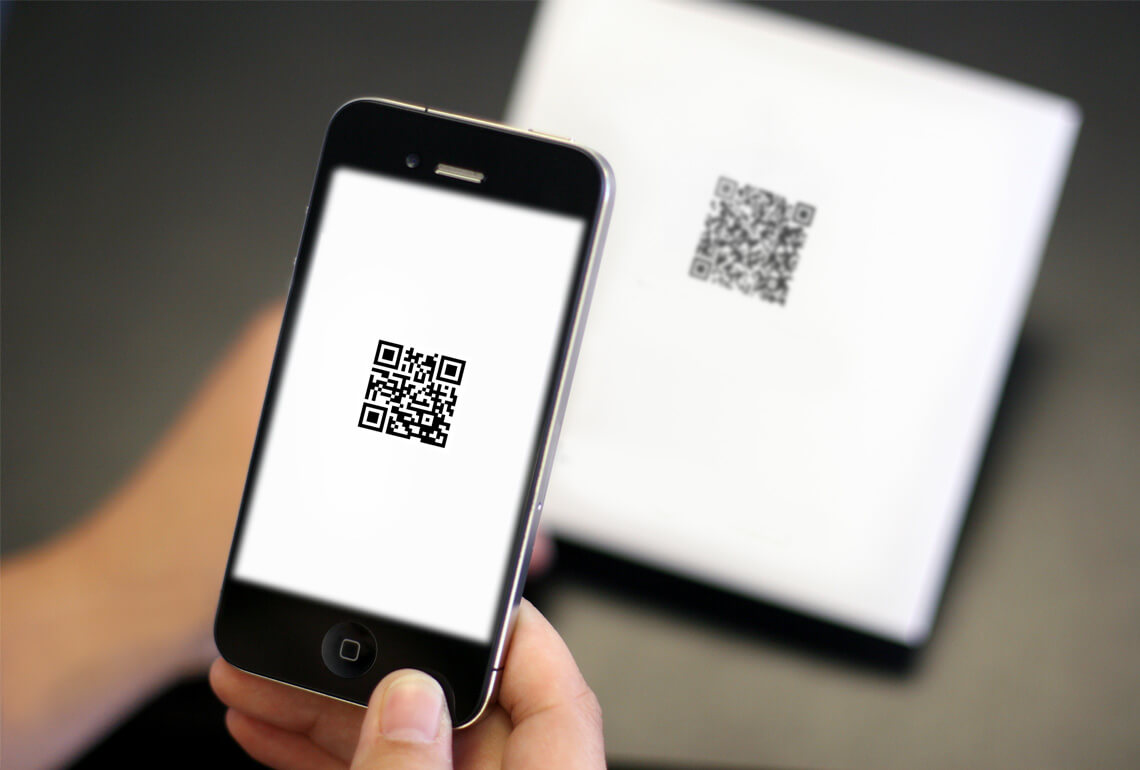QR Codes Explained
Created in 1994 by Toyota subsidiary 'Denso Wave' to quickly track vehicles and parts through the company's automotive manufacturing process, QR codes are used more commonly today for logging into websites or Wi-Fi networks, sharing contact information, making mobile payments or storing data for plane and train tickets on your phone.
QR codes (short for Quick Response codes) were internationally standardized in 2000 and mobile phone users in Japan had already widely adopted the technology by 2002. Although Denso Wave still holds patents over the technology, QR codes are free for anyone to use without a license fee as long as the intellectual property is being used within the defined ISO/JIS standards.
As with any other barcode, interacting with a QR code is simple enough: scan one with an image sensor such as the camera in your smartphone, the app you're using will convert the code to binary and then display the information or perform the programmed action, such as opening a website, essentially allowing real world objects to be hyperlinked to digital places.
There are countless apps dedicated to reading QR codes but many popular apps have begun integrating scanners for specific features.

Comments
Post a Comment